For many, pedal steel guitar is synonymous with country music. The instrument’s sinuous string bending and crying sound has long distinguished the songs coming out of Nashville and Bakersfield from pop, rockabilly, and blues.
Recently it’s become rare to hear pedal steel on mainstream country radio, though there are signs of a slight return. Meanwhile, pop, rock, and even avant-garde artists have embraced the instrument. Its expressive potential is still being expanded, and it’s been adopted worldwide in a variety of musical styles, from the African highlife of King Sunny Adé to the nü-jazz of Nils Petter Molvær.
Aloha
The pedal steel’s history began before country music existed, far from the centers of hillbilly and honky tonk. It originated, pre-pedals, in the Hawaiian Islands. The 6-string guitar was introduced there by visiting European sailors in the latter part of the 19th century. The Hawaiians developed a playing style based on straight major chord tuning called “slack-key” because the strings were slackened relative to standard tuning.
Legend has it the guitar was first laid flat by a young Joseph Kekuku on the island of Oahu in 1874. As a boy, his shop teacher helped him fashion a cylindrical steel bar and metal fingerpicks. Kekuku developed a method of playing this new instrument—called “steel guitar” after the bar used to play it. He then taught it to his classmates, who carried the style to other islands. The method soon became popular all over Hawaii.
On a Hawaiian guitar, the player alters pitch by lightly pressing a metal or glass bar against the strings and sliding it around (rather than pushing strings down to the fretboard with fingers, as on the Spanish guitar). Some of these early acoustic instruments were built with a raised nut to hold the strings off the fretboard—usually about 1/2" above it—but sometimes a standard acoustic was converted to a Hawaiian guitar by raising the strings with an arched metal extender positioned over the nut. Either way, a Hawaiian guitar’s strings never touch the fretboard, and any frets or markers are purely for reference. The guitar is typically plucked using a thumbpick and metal or plastic fingerpicks. A few players—mostly rock musicians—use a conventional flatpick or bare fingers.
Developed by Hermann Weissenborn in the 1920s, the acoustic hollowneck guitar that bears his name is a close descendant of the Hawaiian guitar. Though almost forgotten for several decades, the Weissenborn has returned to the stage and studio, thanks to such lap-slide virtuosos as Ben Harper and David Lindley.
Sol Hoopii was the most famous of the Hawaiians who spread the sound of instrumental lap slide throughout the world. The earliest record of the Hawaiian guitar being used in country music is said to be when cowboy movie star Hoot Gibson brought Hoopii to Los Angeles to play in his band in the early 1920s.
The Hawaiian guitar sound was soon adapted to other genres. In the southern United States, blues musicians tuned a regular acoustic steel-string guitar to an open chord and used a knife, glass bottleneck, or sawed-off piece of pipe to glide along the strings. Hill country string bands began using a lap-played instrument that evolved into the Dobro when John and Emil Dopyera added a resonator cone to increase the guitar’s acoustic volume. (The word Dobro, a contraction of “Dopyera brothers,” also translates to “good” in the brothers’ native Slovak language.)

Despite their mind-blowing mechanical complexity, pedal steel guitars evolved from the humble 6-string lap steel.
Lap It Up
The first lap steel guitars had bodies similar to typical acoustic guitars, but by the ’30s the hollow body was replaced by a flat slab of wood or metal and electrified with pickups. These electric lap steels were originally marketed as electric Hawaiian guitars. These electric lap steels with their six to 10 strings are direct antecedents of the pedal steel. The lap steel guitar figures heavily in pedal steel history, as many bar/picking techniques and tuning variations were initially developed on this instrument.
The first production electric lap steel was introduced in 1932: the aluminum Ro-Pat-In (later Rickenbacker) A22 “Frying Pan.” This was the first electric stringed instrument of any kind. In 1935, when Bob Dunn went into the studio to play it with Western swing star Milton Brown and His Musical Brownies, it also became the first electric stringed instrument on a commercial recording.
Western swing became an experimental laboratory for this new musical device. Musicians found it could provide horn-like punctuation and single-line solos, or join fiddles and guitars for three-part harmony. Extra necks were added for different tunings. Legs were sometimes added, raising the instrument off the lap and enabling players to stand. Legged versions were known as “console” steels.
Lap virtuoso Noel Boggs (who played with Bob Wills and His Texas Playboys and Spade Cooley) was a close friend of jazz guitar pioneer Charlie Christian. Boggs would transcribe Christian’s solos on such tunes as “Flying Home” or “Good Enough to Keep” to create arrangements for three guitars. He was one of the first players to shift from one neck to another in the middle of a solo, and was lauded for his ability to play piano-style block chords. Boggs began on a Rickenbacker, but when he met Leo Fender in 1946, he became the owner of Fender’s first steel guitar.
Another early multi-neck user was Leon McAuliffe, composer of the classic “Steel Guitar Rag.” During his tenure with Bob Wills, the bandleader’s cry of “Take it away, Leon!” was often heard.
The non-pedal steel had perhaps its most populist moment when Santo & Johnny—the Farina brothers—hit the No. 1 spot on the Billboard hit parade with “Sleepwalk.” The brothers were from, of all places, Brooklyn, New York. Accompanied by Johnny on guitar, Santo played this chart-topper on a Fender triple-neck console steel.
An early triple-neck steel equipped with seven pedals. As the instrument’s technology advanced, builders added knee levers, allowing skilled players to simultaneously use their feet and legs to change string pitch.
Pedal Pushers
Lap steel players found their ability to shift from chord to chord was limited, and changing from major to minor, or from the I to the IV or V required skittering the bar across the neck. Players devised workarounds like angling the bar, using extra strings for extended tunings, and even bending strings behind the bar. Given these limitations, such players as Leon McAuliffe, Jerry Byrd, Joaquin Murphey, and Herb Remington worked musical miracles, but a more sophisticated solution was needed.
To meet this need, in 1939 the steel guitarist, big band leader, television personality, and inventor of the “talking” steel, Alvino Rey, collaborated with a machinist to design an electric steel guitar with pedals. In 1940, the Gibson Guitar Corporation introduced the Electraharp. The initial instrument had a group of pedals fanning out from its left rear leg, like those on a harp. The pedals and mechanical system made it possible to alter various string pitches—with or without moving the bar—to smoothly transition from chord to chord.
Mounted across a rack between the front legs of the instrument, the pedal system we know today was the brainchild of a man familiar to many guitarists: vibrato tailpiece legend Paul Bigsby. Bigsby was soon building these more complex instruments for such top players as Speedy West, Noel Boggs, and Bud Isaacs. In 1948 West asked Bigsby to build a three-neck, four-pedal model. His first recording with it was Eddie Kirk’s “Candy Kisses” in 1949. West later worked with Ernie Ford and Loretta Lynn, but is best known for the energetic instrumentals he recorded solo and with Telecaster wizard Jimmy Bryant.
In 1952, Zane Beck—a steel player and builder who had backed Hank Williams, Jim Reeves, and Webb Pierce—began adding knee levers to console steel guitars. Unlike standard pedals, Beck’s knee levers lowered string pitch rather than raising it.
It’s Crying Time
Early pedal players avoided changing string pitch while notes sustained, considering it “un-Hawaiian.” But around 1953, a console steel player named Bud Isaacs attached a single pedal to one of his guitar necks and configured it to change the pitch of two strings at once. While recording Webb Pierce’s hit “Slowly,” he used altered his tuning while sustaining a chord, and the crying voice of the modern pedal steel was born.
On Isaacs’ instrument, an E triad was changed to A by raising G# to A and B to C# via a single pedal. In 1956 pedal steel legend Buddy Emmons, who played with everyone from Jimmy Dickens to Lenny Breau, heard “Slowly” while Bigsby was building him a guitar. Emmons had him construct it so one pedal raised B to C# while an adjacent pedal raised the G# to A. By splitting Isaacs’ single pedal, Emmons could not only perform the E-to-A move, but also play suspended chords, or shift between major and minor chords without moving the bar. Another legend, Jimmy Day (Webb Pierce, Ray Price, Willie Nelson), split the pedal as well. Though both players’ setups do the same thing, the pedals’ functions are reversed, requiring manufacturers to ask customers whether they want an Emmons or Day setup.
More Innovations
Seeking new sounds, Emmons constantly tinkered with his steel. One technical problem he was hoping to overcome was the difficulty steelers had playing a scale without moving the bar. Just before he went into the studio with Ray Price for the first time, Emmons came up with the concept of moving the 2nd and 7th scale degrees to a different set of strings. This allowed him to play cascading scales by using pedals rather than moving the bar—another major step in the pedal steel’s evolution.
Emmons soon incorporated a third pedal, and in 1957 he joined forces with steel-playing machinist Harold “Shot” Jackson to form the Sho-Bud company—the first manufacturer solely dedicated to the pedal steel guitar. Sho-Bud instruments incorporated all the innovations developed through the 1950s, including 10 strings, the third pedal, and Beck’s knee levers. This standardized the single-neck pedal steel guitar as an instrument with three pedals and up to four knee levers.
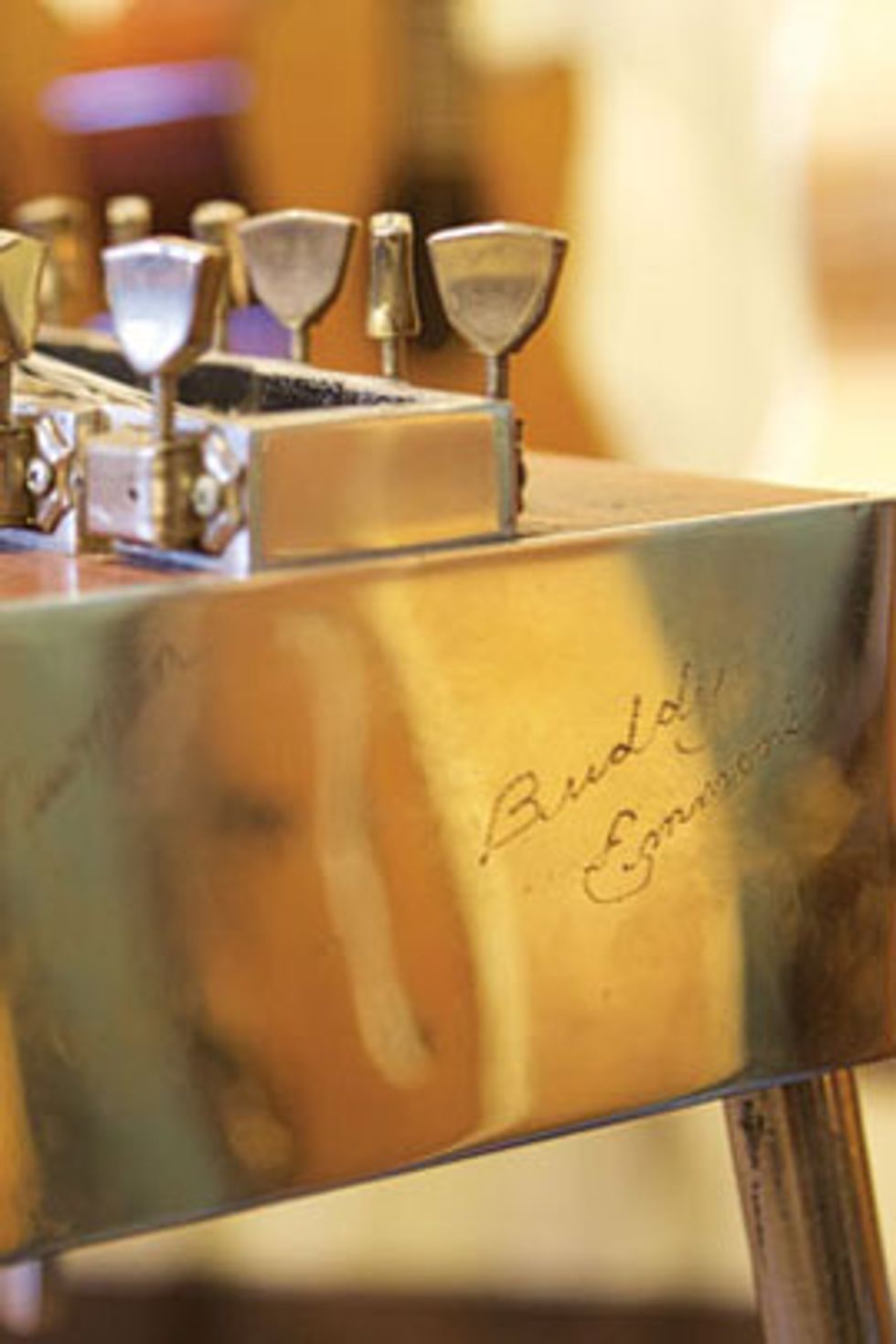
The pioneering Buddy Emmons engraved his signature on this 1980 Franklin S-12, serial number 023. Photo by Andy Ellis
As Emmons and Day proved, the functions of the pedals and levers are often highly personalized. A particular tuning and pedal function setup is sometimes represented by a graphic table called a “copedent” (pronounced co-pee-dent). Coined by pedal steel guru Tom Bradshaw in the early 1970s, the term is short for “chord pedal arrangement.” A copedent specifies the tuning, string gauges, whether a string is plain or wound, and how the pedals and levers alter pitch.
Degree of Difficulty
These new mechanical additions opened up a world of harmonic possibilities and heralded the dawn of a new sound—and made the instrument extremely difficult to learn. Playing a steel requires both hands, both feet, and often both knees.
When reading music, we guitarists are painfully aware that the same note can appear at different points on different strings. Imagine an instrument where—through the magic of pedals or levers—the same note can appear at up to four points on the same string. This economizes bar motion, but increases difficulty, due to an ever-changing relationship between the barring hand and the actual pitch.
On a pedal steel, you can change the pitch of one or more strings while other strings stay the same, change pitches at differing rates, or change them in opposite directions—all while sustaining the harmony and adding consistent bar vibrato. Sound daunting? We haven’t even gotten to barring techniques like angling and bouncing, or damping strings to avoid unwanted overtones.
Then there’s the volume pedal. Steel players constantly manipulate a volume foot pedal to eliminate string attack and create violin-type effects. (Hint to guitarists simulating steel licks: A volume pedal greatly increases realism.) And while markers indicate bar position, playing in tune requires years of practice and the ear of a virtuoso violinist.
To further expand its harmonic potential, a pedal steel might have two necks, usually with 10 strings each, each with its own set of pedals, or a single neck with as many as 14 strings. Pedal steel players who use two necks typically tune the farther one to E9 and the nearer one to C6. The C6 neck is commonly used for playing jazz or Western swing. (See “Tune Up” sidebar for details.)
Sonic innovator Russ Pahl plays a custom single-10 rigged with onboard effects and Strat- and Tele-style pickups.
The Steels of Progress
While there are many pedal steel heroes, when it comes to advancing the art, Buddy Emmons stands out. In addition to his mechanical innovations, Emmons expanded the instrument’s harmonic boundaries by venturing into more modern jazz, notably on the two-volume Redneck Jazz Explosion with guitar wizard Danny Gatton. During his time in California, Emmons pioneered the use of pedal steel in modern pop on discs by Nancy Sinatra, Carol Channing, the Carpenters, Judy Collins, and Henry Mancini.
The California country boom of the ’70s produced such great players as Dan Dugmore (“Blue Bayou”) and “Sneaky” Pete Kleinow, who helped form the Flying Burrito Brothers and experimented with fuzz and tape echo. Kleinow’s sonic explorations influenced other California steelers, including Jerry Garcia, Al Perkins, and Buddy Cage of the New Riders of the Purple Sage.
In 1972, “It’s So Nice to Be with You” by a pop band named Gallery was an AM radio hit. It featured a pedal steel prodigy named Paul Franklin. On an instrument that takes many until middle age to master, Franklin was accompanying pros around Detroit by age 9, and at 16 was touring with another fine pedal steel player: country star Barbara Mandrell.
Franklin’s rapid progress was aided by his father, who built his instruments. Through the years, father and son created new versions of this classic instrument. Featured on Randy Travis’ “Forever and Ever, Amen,” the Pedabro offers a Dobro sound with the advantage of pedals, and their baritone model is tuned an octave lower than a traditional pedal steel.
Through his technical tinkering, creativity, and prodigious technique, Franklin has inherited Emmons’ mantle as the preeminent pedal steel player. He has added his genius to the music of such traditionalists as Jerry Reed, Dottie West, Lynn Anderson, Donna Fargo, and Mel Tillis, as well as pop and rock artists like Dire Straits, Sting, Megadeth, Barbra Streisand, and Peter Frampton.
Steel Wheel
The 6-string guitar, once a poor relation in jazz, went on to usurp the saxophone during the fusion era. Dance music drove pop guitar to the background again, while alt-rock seems to be bringing it back. Similarly, the pedal steel has cycled around its own wheel of fortune.
“When I moved to Nashville, pedal steel was hardly being used,” says session ace Bruce Bouton. “It was largely ‘countrypolitan’ then—mostly watered-down pop. Sonny Garrish was doing much of the pedal steel on records. He had a chorus pedal and he would just double the keyboard or add little parts, as opposed to solos.”
Fortunately, Bouton arrived just in time for a shift. “In the late ’70s Ricky Skaggs came along, and I was lucky enough to get the gig in his band,” he relates. “He led the charge of the New Traditionalists. You started to hear more real pedal steel on the radio, not just as a pad or color.” Other New Traditionalists featuring pedal steel included Bouton employers Kathy Mattea and Foster & Lloyd. There was even room for the instrument on the country-pop records Bouton cut with Reba McEntire, Brooks & Dunn, and Garth Brooks.
The pedal steel began to have a new attitude. “You had younger players who grew up with a rock sensibility, but appreciated the old style,” Bouton explains. “Guys like Buddy Emmons, Lloyd Green, Pete Drake, and Weldon Myrick came out of the Jerry Byrd and Herb Remington Western-swing era. The next generation started with Sonny Garrish, who used some effects. I came along with a Beatles approach—I knew about the Beatles before I knew about Merle Haggard.”
The New Millennium saw pedal steel recede into the background once more as country music became, in the words of one wag, “bad ’80s rock with a fiddle.” You might see a pedal steel onstage, but the player would contribute more guitar or “ganjo” (a 6-string banjo) than steel, and you wouldn’t hear a solo. At the same time, the pedal steel began appearing more frequently outside country, on record or onstage with My Morning Jacket, Bill Frisell, and the Kings of Leon. British steel player B.J. Cole, whose pop pedigree goes back to Elton John’s Tumbleweed Connection, began appearing on records by Blur’s Graham Coxon and Björk and on his own electronica-based excursions. Daniel Lanois offered up his unique take on the instrument, both solo and when producing other artists. Bouton himself added beautiful non-idiomatic colors to Maxwell’s cover of Kate Bush’s “This Woman’s Work.”
Future Steel
In the last five years, the pedal steel has once again rotated into the Nashville country lineup, thanks largely to one man. Russ Pahl has been in Nashville for 30 years, playing traditional pedal steel with the likes of Vince Gill and Patty Loveless. But over the past decade he has been developing a unique sound and language on the instrument, aided by winding his own pickups and building in effects. This forward-thinking attitude helped him become the pedal steel guitarist who played on the most No. 1 country records in 2014.
“Ten or 15 years ago I decided I could not beat guys like Paul Franklin—he is the best at what he does,” says Pahl. “I needed to find something I was the best at. I realized guitar players don’t sound like Charlie Christian today because they’ve been changing their sound for the last 50 years. Pedal steel guitar hasn’t changed sonically since 1975—they still use the same big pickups through clean amps. I use a two-pickup guitar built by Sho-Pro with a Strat-style neck pickup and a Tele-style bridge pickup in the same position along the scale as a guitar. I treat pedal steel more like an electric guitar—more of a texture thing. I use tube saturation with lower-output pickups. That gives the distortion a more pleasing sound. It lets guitar pedals work like they were designed to work.”
Sometimes Pahl treats the pedal steel as a kind of synthesizer. “You’re starting with essentially a sine wave,” he notes. “Then, if you run it through a Fuzz Face, you get a sawtooth wave. I use a wah pedal like a filter. When I run the neck pickup with the tone rolled off through the automatic swell setting on the Strymon Mobius and a pitch/vibrato I built, it sounds just like a Mellotron.”
This willingness to experiment and seek out new sounds has endeared Pahl to Nashville artists on both ends of the country spectrum, from the “bro-country” of Florida Georgia Line, Luke Bryan, and Jason Aldean, to alt-darlings Kacey Musgraves and Nikki Lane. He has also become the go-to guy for Dan Auerbach’s productions, playing on records by Lana Del Rey and Ray LaMontagne.
The pedal steel is an instrument of infinite potential, only a fraction of which has been tapped. There are glimmers of hope: Pahl, Susan Alcorn (who uses it in a free improvisation context), and Fats Kaplin, who is part of Jack White’s latest aggregation. Still, for the most part, pedal steel players remain more conservative than their 6-string counterparts.
“Don’t get me wrong, there are amazing players around, but they look at my guitar and go, ‘Why would you do that?’” says the 60-year-old Pahl. “Well, why wouldn’t you? Look at what guitar players have done. My biggest influence on pedal steel has been Jeff Beck. The steel guitar is waiting for some young kid to come along and be its Jimi Hendrix.”
Special thanks to Carter Vintage Guitars for access to their Franklin S-12.
Tune Up
Tunings are a crucial part of the pedal steel story. The standard Nashville E9 tuning for 10-string pedal steel is B-D-E-F#-G#-B-E-G#-D#-F#. The pedal steel’s most common C6 tuning—sometimes called “Texas tuning”—is C-F-A-C-E-G-A-C-E-G. Like pedal and knee lever arrangements, tunings can be highly personalized, and this often makes it difficult for pedal steelers to sit in on each others' instruments.
The ability to play in tune is an important attribute that separates the successful session steel players from the wannabes, and as with guitar, pedal steel intonation is a compromise. Because one note can play a different role in different chords, a note that’s perfectly in tune in one voicing might not be spot-on in another. “You might have to shift your bar, use more vibrato, or stay away from certain chords,” says Bruce Bouton. “You have to play positions that are in tune.”
Here too, Paul Franklin’s father was innovative. He noticed that while his son’s strings were returning to correct pitch when the pedals raised them, the strings were returning sharp after being lowered. The elder Franklin invented a return compensator that made the string return to pitch after being lowered.

Ten Essential Pedal Steel Albums
You have to start somewhere, so here are 10 pedal steel records that exemplify the art. These are handpicked by Joe Goldmark, a fine pedal steel player with some fun records of his own. He is also a steel scholar, record collector, and an owner of Amoeba Music, California’s legendary indie record chain. Goldmark’s top picks, in alphabetical order:
- Buddy Charleton with the Texas Troubadours, Almost to Tulsa
- Jimmy Crawford, A Ton of Steel
- Pete Drake, For Pete’s Sake
- Buddy Emmons, Steel Guitar Jazz
- Lloyd Green, The Hit Sounds
- Doug Jernigan, Uptown to Country
- Sneaky Pete Kleinow, Shiloh Records Anthology
- Red Rhodes, Velvet Hammer in a Cowboy Band
- Speedy West & Jimmy Bryant, Stratosphere Boogie
- Various, Pacific Steel Co.
YouTube It
Buddy Emmons works his magic onstage with Ray Price in this vintage television performance.
This recent clip of Western swing band the Time Jumpers features long-time collaborators Vince Gill and Paul Franklin and reveals Franklin’s jaw-dropping technique.




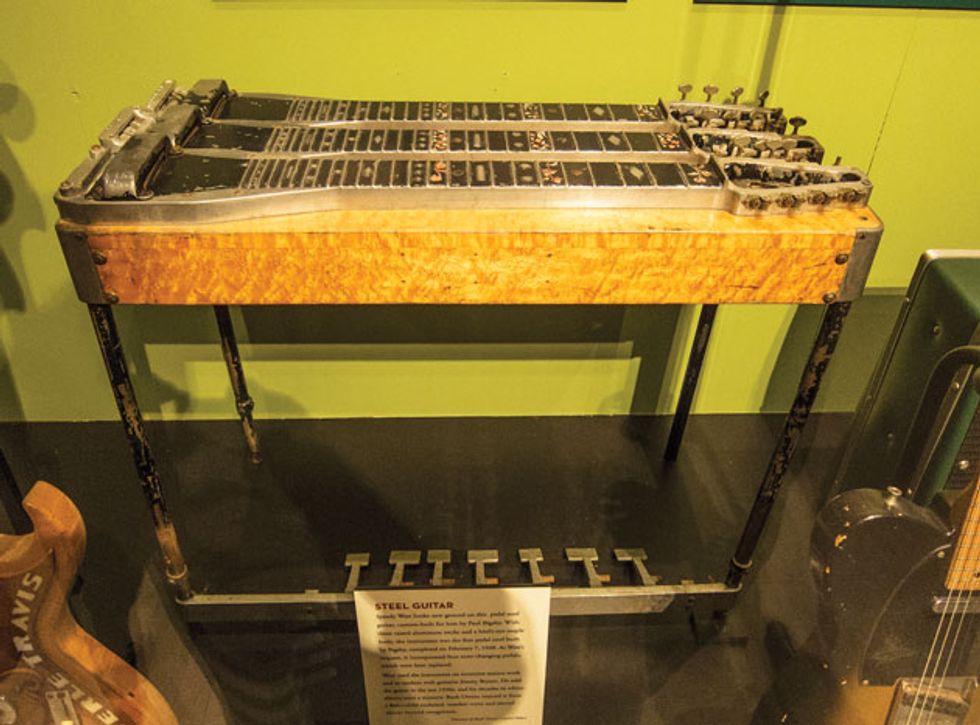
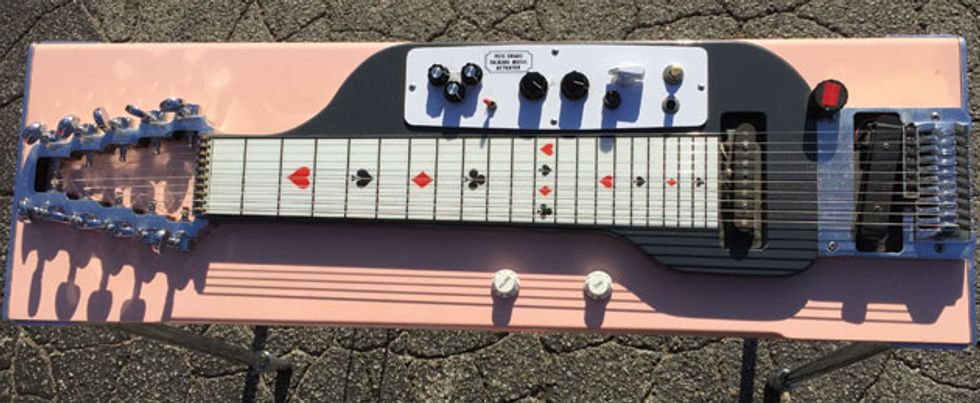






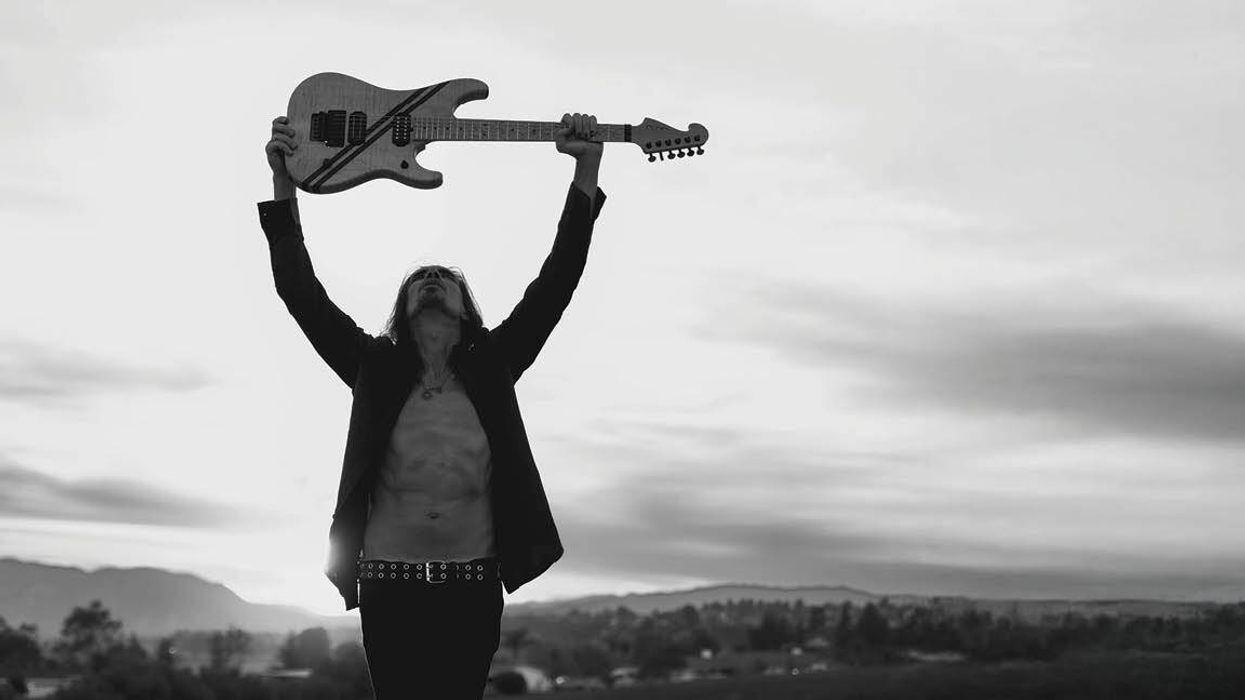
![Rig Rundown: Russian Circles’ Mike Sullivan [2025]](https://www.premierguitar.com/media-library/youtube.jpg?id=62303631&width=1245&height=700&quality=70&coordinates=0%2C0%2C0%2C0)

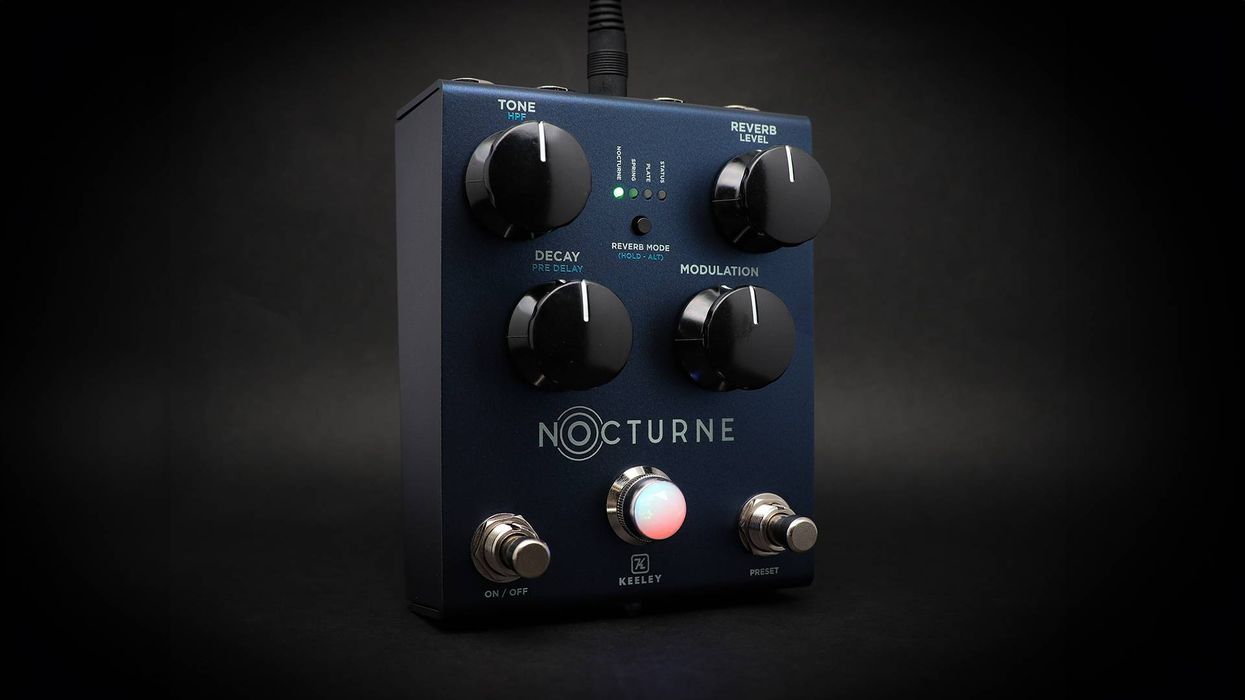
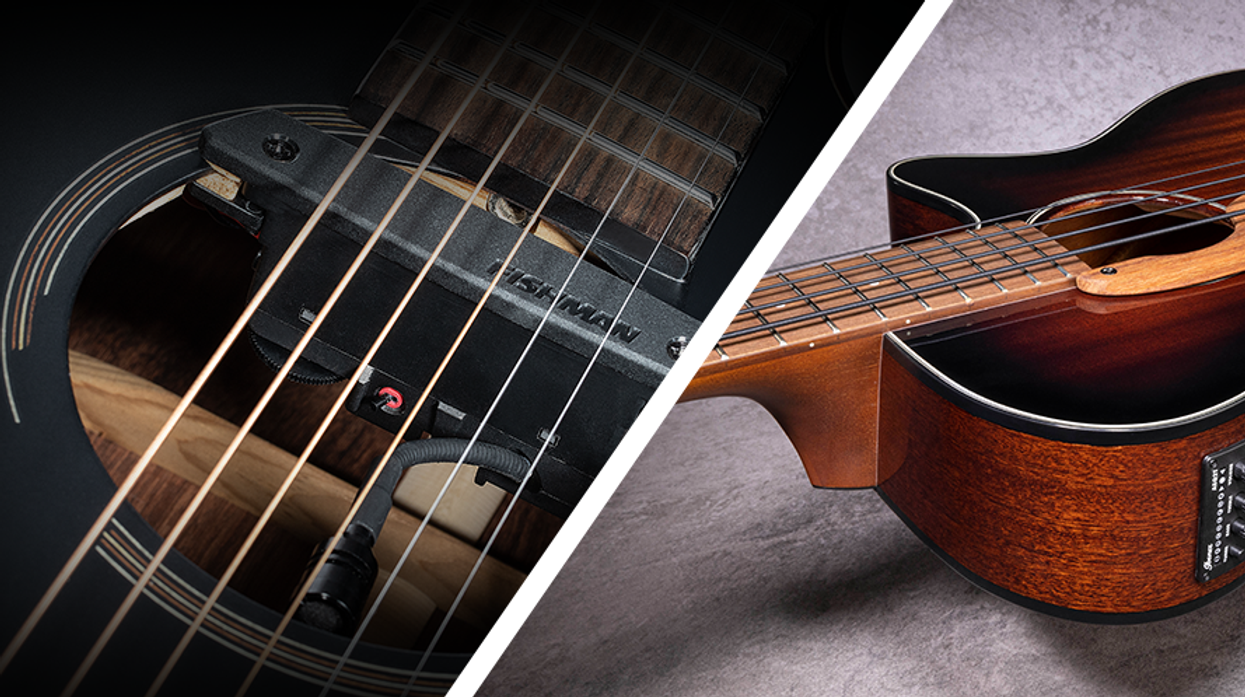










![Rig Rundown: AFI [2025]](https://www.premierguitar.com/media-library/youtube.jpg?id=62064741&width=1245&height=700&quality=70&coordinates=0%2C0%2C0%2C0)




















 Zach loves his Sovtek Mig 60 head, which he plays through a cab he built himself at a pipe-organ shop in Denver. Every glue joint is lined with thin leather for maximum air tightness, and it’s stocked with Celestion G12M Greenback speakers.
Zach loves his Sovtek Mig 60 head, which he plays through a cab he built himself at a pipe-organ shop in Denver. Every glue joint is lined with thin leather for maximum air tightness, and it’s stocked with Celestion G12M Greenback speakers.











